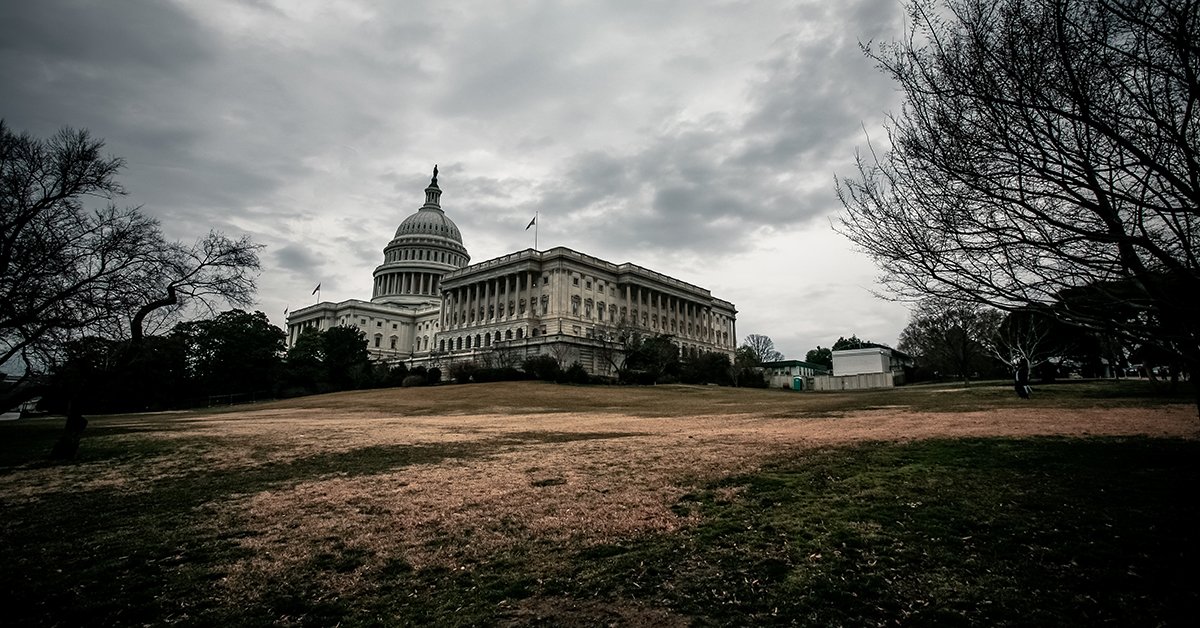Key Points:
- A new study examines the value of the US government if it were treated like a corporation using a discounted cash flow (DCF) model.
- The study estimates that the net present value of future government revenues minus government spending is negative, at $21.6 trillion.
- The US government has the ability to print money and raise taxes, giving it advantages over normal corporations.
- If the US government were a normal company, it would have filed for bankruptcy due to its debt exceeding its value.
- The government’s reliance on raising taxes during economic downturns can lead to pro-cyclical fiscal policies.
- The US government must keep interest rates low to avoid triggering a default and global economic meltdown.
A recent paper by Zhengyang Jiang, Hanno Lustig, Stijn Van Nieuwerburgh, and Mindy Z. Xiaolan examines what would happen if the US government was treated as a corporation. Using a discounted cash flow (DCF) model, the study estimates the value of the US government based on its future cash flows.
According to the study, the net present value of future government primary surpluses, which is government revenues minus government spending, is -$21.6 trillion. This means that the government would need to raise $21.6 trillion to cover its deficits from now until 2051. However, the government can raise debt, and the net present value of its debt is $31.7 trillion.
In total, the net present value of the US government is estimated to be more than $10 trillion. However, the current value of the government’s outstanding debt is $23.5 trillion, which is $13.5 trillion more than the government’s estimated value.
If the US government were a normal company, it would have likely filed for bankruptcy due to its debt exceeding its value. However, the US government has two advantages over normal corporations. First, it can generate revenue through the privilege of seigniorage, which is the ability to print money. Second, it can raise taxes to fund its operations.
According to the study, the seigniorage premium adds approximately 0.6% to GDP each year, which increases the net present value of the government. However, even with this advantage, there is still a gap of more than $10 trillion between the government’s estimated value and its outstanding debt.
When the government relies on raising taxes to cover its debt, it often does so during economic downturns, when GDP growth is low or negative. This can lead to pro-cyclical fiscal policies, where taxes are raised at the worst possible time for the economy.
To avoid triggering a default and a global economic meltdown, the US government must keep interest rates as low as possible for as long as possible. This means that negative real rates are likely to persist in the long run and may even worsen over time.
The study highlights the difficult position the US government is in and the challenges it faces in managing its debt and funding its operations. It emphasizes the importance of keeping interest rates low and the potential risks of relying on taxes to cover government debt shortfalls.







